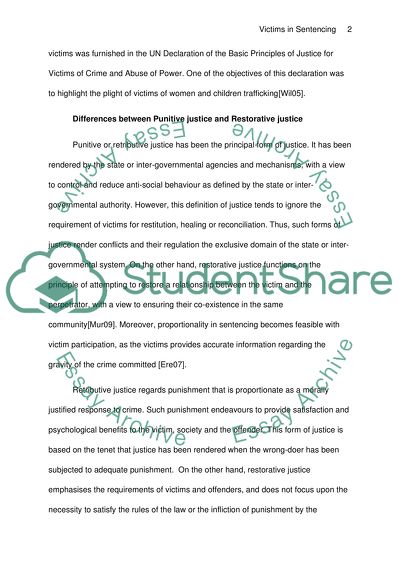Cite this document
(Advantages and Disadvantages of Involving Victims in the Sentencing of Coursework, n.d.)
Advantages and Disadvantages of Involving Victims in the Sentencing of Coursework. Retrieved from https://studentshare.org/law/1699636-explore-the-advantages-and-disadvantages-of-involving-victims-in-the-sentencing-of-offenders
Advantages and Disadvantages of Involving Victims in the Sentencing of Coursework. Retrieved from https://studentshare.org/law/1699636-explore-the-advantages-and-disadvantages-of-involving-victims-in-the-sentencing-of-offenders
(Advantages and Disadvantages of Involving Victims in the Sentencing of Coursework)
Advantages and Disadvantages of Involving Victims in the Sentencing of Coursework. https://studentshare.org/law/1699636-explore-the-advantages-and-disadvantages-of-involving-victims-in-the-sentencing-of-offenders.
Advantages and Disadvantages of Involving Victims in the Sentencing of Coursework. https://studentshare.org/law/1699636-explore-the-advantages-and-disadvantages-of-involving-victims-in-the-sentencing-of-offenders.
“Advantages and Disadvantages of Involving Victims in the Sentencing of Coursework”, n.d. https://studentshare.org/law/1699636-explore-the-advantages-and-disadvantages-of-involving-victims-in-the-sentencing-of-offenders.


